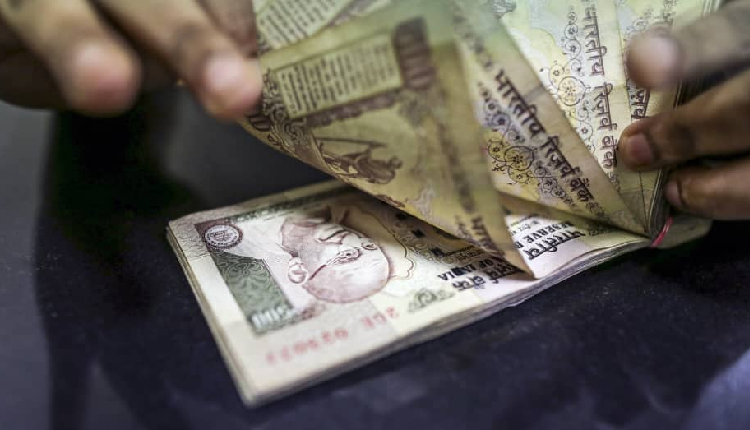The Indian rupee closed at a record low as global risk appetite wavered, but dollar sales by state-run banks, possibly on behalf of the central bank, helped limit the decline.
The rupee ended at 83.9625 against the US dollar, slightly lower than the previous close of 83.9550. India’s key stock indices, the BSE Sensex and Nifty 50, both fell by 0.7 per cent in line with global market trends.
The STOXX 600 index in Europe dropped by 1 per cent in early trading, while Japan’s Nikkei index ended 0.7 per cent lower.
Global risk sentiment has deteriorated this week due to investors unwinding carry trades funded by the Japanese yen and concerns about a US economic slowdown.
The dollar index rose to 103.1, and most Asian currencies, including the Indonesian rupiah, gained a nearly 0.9 per cent increase.
The Indian rupee, on the other hand, traded in a narrow range, supported by intermittent dollar sales from state-run banks, likely on behalf of the RBI.
Multiple interventions by the RBI and directions to top banks to avoid large speculative bets against the rupee have made traders wary of taking short positions on the currency, a foreign exchange trader at a state-run bank said.
The central bank kept policy rates unchanged for a ninth straight policy meeting on Thursday, as expected.
Dollar-rupee forward premiums rose, aided by the RBI’s decision to retain its monetary policy stance at ‘withdrawal of accommodation’. The 1-year implied yield was rose 4 basis points to 2.05 per cent.
Despite these challenges, India’s foreign exchange reserves reached a record high of $675 billion as of August 2.
Attribution: Reuters



